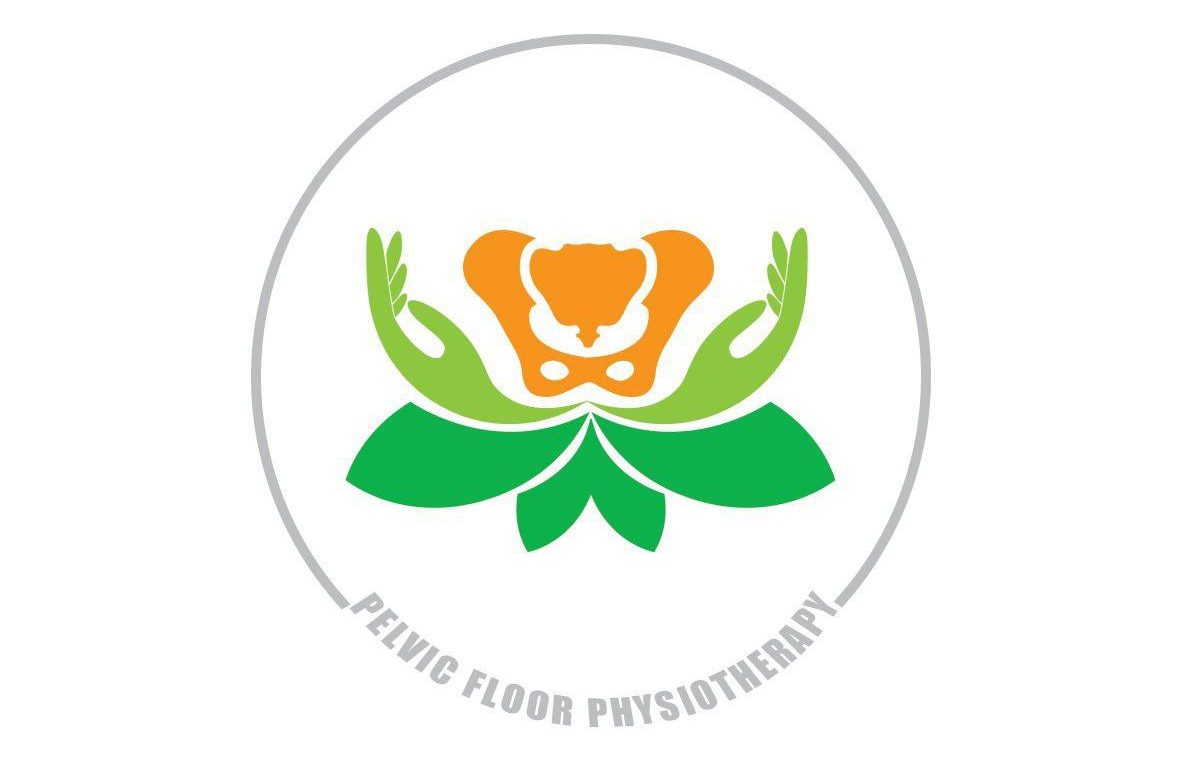Abstract
Background: So far, there is much less information about the effects of urinary incontinence on postural control. Therefore the aim
of this study is to investigate the differences in postural control using linear and non-linear analyses of the center of pressure (COP)
time-series in anteroposterior (AP) and mediolateral (ML) directions between females with and without stress urinary incontinence
(SUI).
Methods: This case-control study included 22 continent females and 22 SUI females. In this study, static postural control during
four different postural tasks was evaluated using a force plate. All participants performed separate 60-sec standing trials with eyes
open in the empty bladder and full bladder conditions. Mean, range, velocity, area circle of COP displacements, and approximate
entropy (ApEn) of COP time-series were calculated from the 60-sec standing trials for all participants. The independent sample t-test
was also used to compare COP variables between the two groups and paired sample t-test was used to assess changes between the full
bladder and empty bladder conditions within each group. The effect size of Cohen’s d was used to assess the magnitude of the
differences between the two groups.
Results: The findings revealed a significant group × task interaction for the mean of ML displacement and ApEn of COP. SUI
females showed more AP displacement range in the full bladder (pvalue= 0.020, effect size=0.74) and a higher velocity (empty
bladder:
p=0.040, effect size=0.63) (full bladder:
p=0.020, effect size=0.75) than the continent group. Generally, the SUI females had
lower ApEn than the continent females, although the differences were not significant. While the variables of COP were unaffected by
bladder fullness in the continent group, the SUI group in full bladder condition experienced more AP range (p=0.030), and area circle (p=0.007) of COP sway in quiet standing.
Conclusion: These results provide more support for the hypothesis that postural control can be impaired following SUI, although
future investigations on this topic are recommended.
Keywords: Urinary Incontinence, Pelvic Floor Disorder, Postural Control, Balance, Center of Pressure
